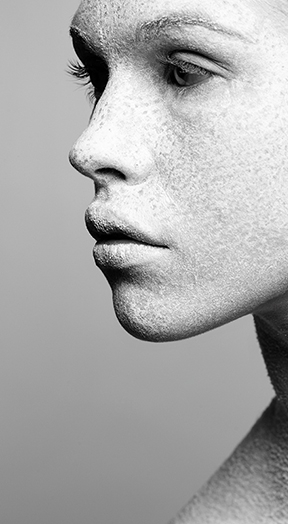When the signs of aging begin to affect the skin, fat, and muscles surrounding the eyes, patients tend to take on a tired looking appearance. For these patients, Bay Area Plastic Surgeon John R. Griffin can perform eyelid surgery, also known as blepharoplasty. Upper and lower eyelid surgery can make the eyes appear more alert and refreshed, greatly improving a patient’s overall appearance.
Eyelid Surgery Candidates
Ideal candidates for upper eyelid surgery include patients who have:
- Overhanging, loose skin on the upper eyelids
- Excess fat in the upper eyelids
- Drooping upper eyelids
Good candidates for lower eyelid surgery include patients who have:
- Deep under eye circles
- Puffy bags under the eyes
- Fine lines under the eyes
- Drooping of the lower eyelid
As with all cosmetic surgery procedures, patients who are generally healthy and do not smoke are the best candidates for eyelid surgery. Allergies that affect the eyes, dry eyes, and eye infections may also affect a patient’s suitability for eyelid surgery.
Eyelid surgery is sometimes combined with a browlift to lift heavy brows, and smooth out creases and wrinkles along the forehead.
Eyelid Surgery Techniques
Patients may choose to undergo either upper eyelid surgery or lower eyelid surgery, or both techniques at once.
- Upper eyelid: The upper eyelid surgery technique targets loose skin and excess fat of the upper eyelid. The small incisions follow the natural fold of the upper lid, extending outward to the natural crease along the outside corner of the eyelid. Excess skin and fat are then removed through these tiny incisions. Because they follow the natural contour of the eyelid, any resulting scarring is very favorable.
- Lower eyelid: A lower-eyelid procedure is done to minimize circles, puffiness, and bagginess under the eyes. It is also done to minimize the appearance of thin “crepe-paper” skin underneath the eyes. The incisions are made just below the lower lash line, or on the inside of the lower lid. Excess fat is removed or redistributed, and loose skin removed, before the incisions are closed with sutures.
Eyelid Surgery Procedure Steps
The eyelid surgery procedure involves the following steps:
- Pen markings may be made to the upper and/or lower lids
- Antibacterial solution may be applied to the area around the eyes
- The patients is put under anesthesia (IV sedation or general anesthesia)
- The incision is created in the upper eyelid crease, below the lash line, or the inside of the lower lid
- Fat is removed or evenly smoothed out
- The skin is re-draped over the upper or lower lid
- Excess skin is removed, and muscle is re-draped
- The incisions are closed
- Medical bandages or tape may be applied
- The process is repeated on the other eye
Eyelid Surgery Recovery
Recovery from an eyelid procedure is generally quick. Patients should rest with their head elevated for the first 48 hours following eyelid surgery. Most patients return to work and most activities two weeks after surgery, when the worst of the side effects have subsided. Residual swelling may take six weeks to fade.
Eyelid Surgery Side Effects
The most common side effects of eyelid surgery including bruising and swelling, some minor discomfort, and tightness of the eye area; these effects generally start to go away after the first 48 hours. Vision may also be blurred for the first few days following surgery. Patients should keep the head elevated to encourage healing, and avoid any straining, lifting, or bending immediately following surgery to limit the severity of side effects.
Eyelid Surgery Risks
Fortunately, serious complications from eyelid surgery are very rare. Possible risks include:
- Loss of sensation around the eyes,
- Infection
- Unfavorable scarring
- Hematoma (pooling of blood under the skin)
- Difficulty closing the eyes
- Eyelid asymmetry
- Dry eyes
- Ptosis or ectropion
- Fluid accumulation
- Skin discoloration
Patients should follow up promptly with Dr. Griffin if they experience any signs of complications after surgery.
Eyelid Surgery Results
The healing process following eyelid surgery can be gradual, so it may take a few weeks before patients see results. After side effects like swelling have subsided, patients will notice that the area around the eyes looks more youthful and rejuvenated. The results of eyelid surgery can be expected to last for several years.
Eyelid Surgery Consultations
Contact Dr. John R. Griffin to schedule an eyelid surgery consultation.







